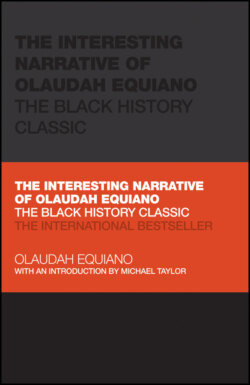Читать книгу The Interesting Narrative of Olaudah Equiano - Olaudah Equiano - Страница 15
AFTERMATH AND LEGACY
ОглавлениеAs the French Revolution convulsed Europe and delayed progress towards abolition for almost fifteen years, Equiano – enriched by his literary success – settled into domestic life. In 1792, he married Susannah Cullen of Soham, Cambridgeshire, and he became father to two daughters: Anna Maria and Joanna. Tragically, this homely tranquillity would not last. Susanna died in 1796, and Equiano would not long survive her: living in apartments close to London's Tottenham Court Road, he died on 31 March 1797. The death of his elder daughter left Joanna as Equiano's sole heir, and upon her twenty-first birthday she inherited £950, an estate approaching £100,000 in today's money.
Yet Equiano would leave a much grander legacy. In 1807, the British Parliament at last passed the Slave Trade Act, but it was only the start of slavery's abolition. Indeed, in the 1820s, abolitionists and slaveholders fought ferociously over the future of slavery, and Equiano was cited as a key witness in the case for emancipation. As one correspondent of the Mirror Monthly Magazine put it, Equiano had ‘distinguished [himself] as a literary character in this country in modern times’.
The Slavery Abolition Act of 1833 further vindicated Equiano, but his greatest legacy is arguably in the United States. His Narrative created a literary template, setting the scene for Frederick Douglass's Narrative … of an American Slave (1845), Solomon Northup's Twelve Years A Slave (1853), and even Booker T. Washington's Up From Slavery (1901). These giants followed in Equiano's footsteps. A man who was prevented from receiving any formal education, and who instead led a life of sea-going and spiritual adventure, ended up founding a new literary tradition.
Travels of Olaudah Equiano, as described in the Interesting Narrative, 1789. Created by Miles Ogborn and Edward Oliver, School of Geography, Queen Mary University of London.
Source: Ogborn (2008) Global Lives: Britain and the World, 1550–1800 (Cambridge University Press).
